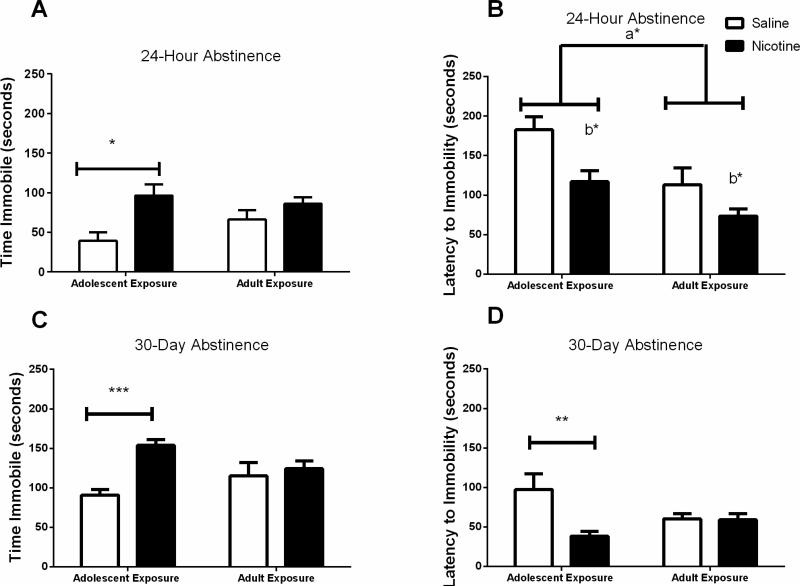Figure 2. Depression-like behaviors measured by the forced swim test following adolescent or adult nicotine exposure.
Mice were administered nicotine or saline for 12 days and were tested in the forced swim test 24 hours or 30 days later. A & B) 24-hr abstinence: Adolescent nicotine but not adult nicotine exposure resulted in higher time immobile in the forced swim test than age-matched saline controls (*p<0.05). Nicotine administration significantly shortened the latency to become immobile in both age groups when tested after 24 hours of withdrawal (b* = p<0.01). Adolescent mice had longer latency times to immobility than adult mice regardless of treatment (a*, p < 0.05). C & D) 30-day abstinence. Mice exposed to nicotine during adolescence spent more time immobile in the forced swim test (***p<0.0001) and had shorter latencies to immobility (**p<0.01) when tested after 30 days of withdrawal than saline controls indicating heightened depression-like behaviors after long-term withdrawal from chronic nicotine exposure. Exposure to nicotine during adulthood had no effect on immobility when tested 30 days later. n=8-16/experimental group.

